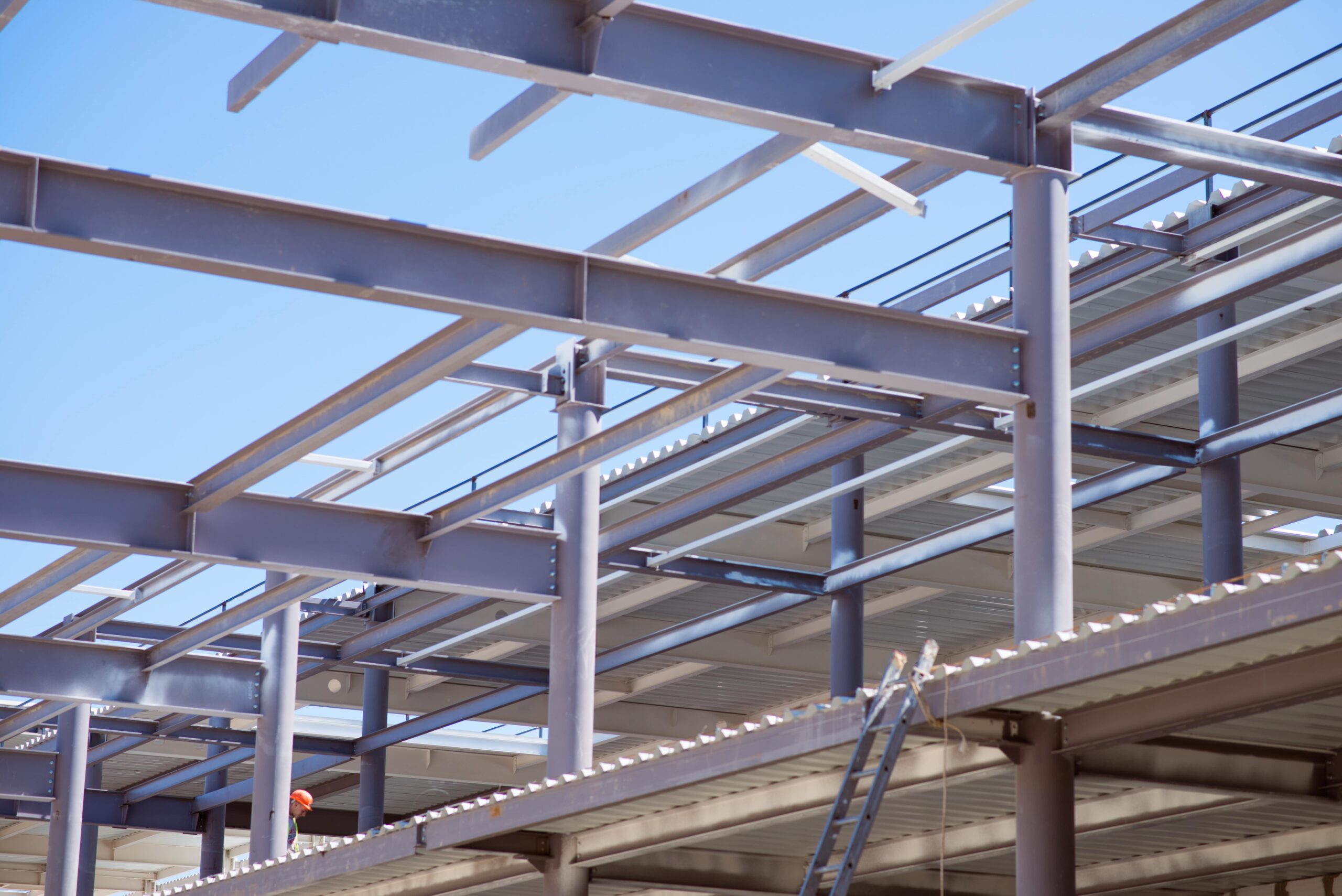Understanding the Importance of Structural Steel Construction
For contractors and builders, mastering the art of Structural steel construction is essential to delivering durable and safe buildings. Structural steel construction provides unmatched strength, flexibility, and longevity, making it the preferred choice for modern architectural projects. Contractors who fully understand the properties and applications of steel can optimize project timelines and reduce unexpected costs. From high-rise buildings to industrial facilities, the role of structural steel construction is indispensable in ensuring stability and resilience.
Choosing the Right Materials and Grades
Selecting the appropriate steel grade is a fundamental step in structural steel construction. Builders must evaluate factors such as load requirements, environmental conditions, and local building codes to ensure the steel used meets safety standards. Using high-quality materials not only enhances the durability of the structure but also reduces maintenance costs in the long term. Understanding the characteristics of various steel types, such as carbon steel or alloy steel, is crucial for precise engineering and construction outcomes.
Design Considerations for Effective Construction
A strong design is the backbone of successful structural steel construction. Engineers and contractors must collaborate to develop designs that maximize the benefits of steel, including its tensile strength and resistance to environmental stressors. Properly designed frameworks minimize the risk of structural failures and ensure that the construction process is smooth and efficient. Attention to design details, such as load distribution and joint connections, plays a critical role in achieving optimal results in structural steel construction projects.
Fabrication and Prefabrication Techniques
Modern structural steel construction often relies on advanced fabrication and prefabrication techniques. Prefabricated steel components can be manufactured off-site, ensuring precision and reducing on-site labor costs. Contractors who adopt these methods benefit from faster assembly times and fewer delays caused by material inconsistencies. Additionally, fabrication techniques allow for customization of steel components, enabling builders to meet unique architectural requirements while maintaining structural integrity.
Effective Site Management and Safety Protocols
Safety is paramount in any structural steel construction project. Proper site management, including organized workflow, clear communication, and adherence to safety protocols, minimizes the risk of accidents and ensures compliance with regulations. Contractors should provide training for workers on handling steel components, operating machinery, and using personal protective equipment. By prioritizing safety, builders can maintain productivity and protect their workforce while executing complex structural steel construction tasks.
Efficient Installation and Assembly
The installation phase is where planning and preparation converge in structural steel construction. Contractors must follow precise assembly sequences to ensure that each steel component is correctly positioned and securely fastened. Using cranes and lifting equipment properly is essential for handling heavy steel beams safely. Efficient installation techniques not only reduce labor costs but also enhance the overall structural performance of the building. Proper alignment and welding practices are key to achieving long-lasting results in structural steel construction.
Maintenance and Inspection Practices
Ongoing maintenance and regular inspections are vital to the longevity of any structural steel construction project. Contractors should implement a schedule for checking for corrosion, loose connections, or material fatigue. Proactive maintenance can prevent costly repairs and ensure that the building continues to meet safety and performance standards. By understanding the life cycle of steel structures, builders can plan future upgrades and interventions, maximizing the value of structural steel construction investments.
Sustainability and Environmental Considerations
Sustainable practices are increasingly important in structural steel construction. Steel is highly recyclable, and using recycled steel reduces the environmental footprint of construction projects. Contractors can also implement energy-efficient fabrication and assembly techniques to minimize waste and emissions. By integrating sustainability into structural steel construction, builders contribute to environmentally responsible development while meeting modern industry expectations.
Conclusion: Mastering Structural Steel Construction
Contractors and builders who excel in structural steel construction gain a competitive edge in the construction industry. From careful material selection and meticulous design to safe installation and maintenance, every aspect of the process influences the durability and success of a project. Embracing advanced techniques, prioritizing safety, and adopting sustainable practices ensure that structural steel construction projects are efficient, resilient, and profitable. Noble Steel continues to support contractors and builders in achieving excellence through innovative approaches and expert guidance in structural steel construction.
